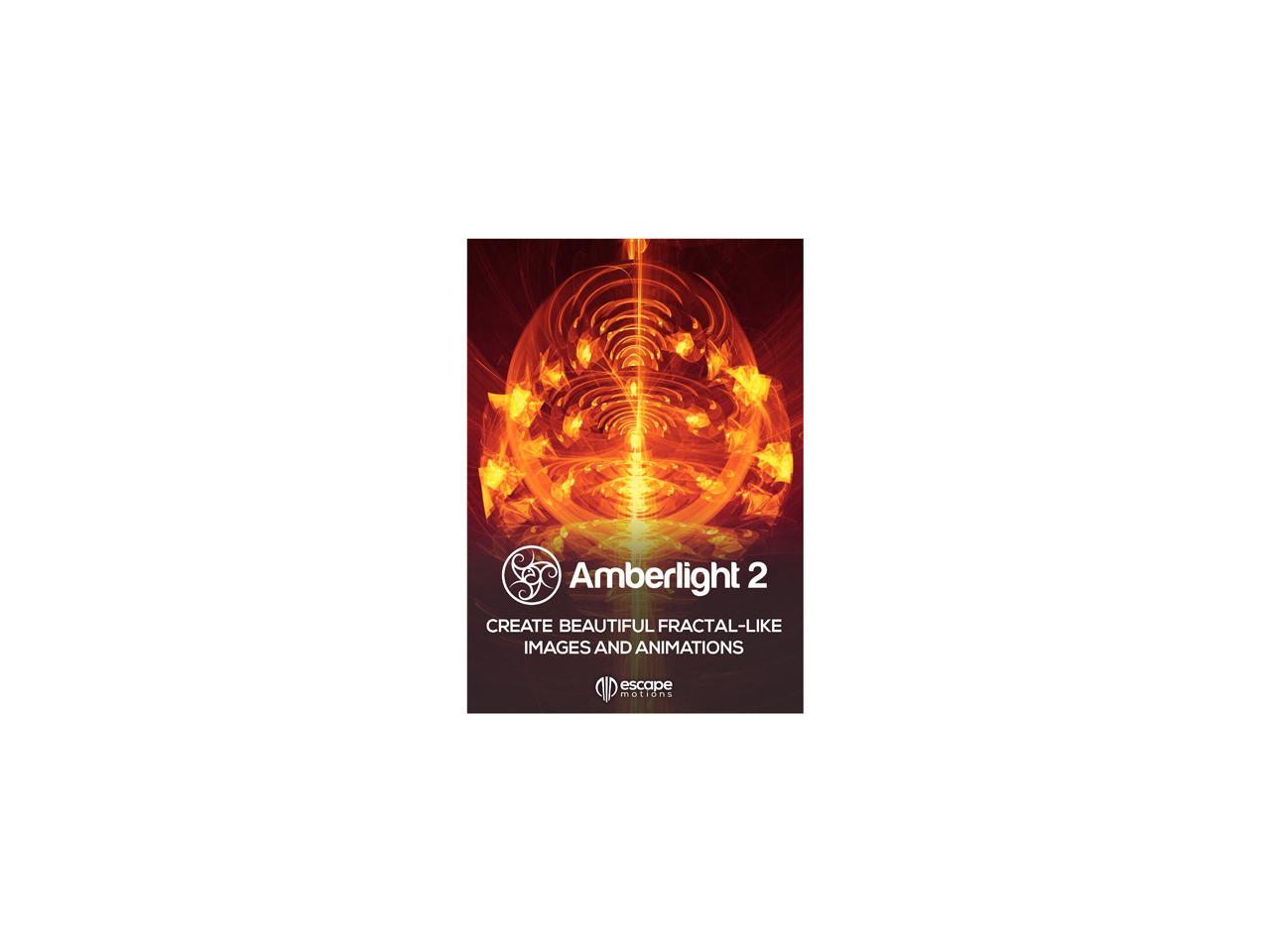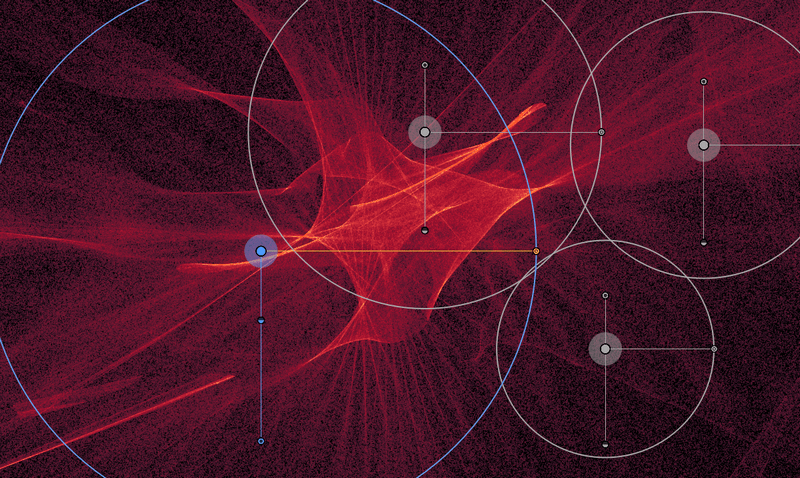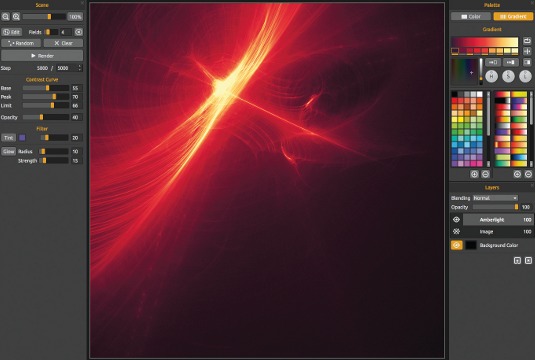


In general, luminescence dating has a wide usable Their Thermoluminescence (TL) signal or last exposed to daylight using their Optically Time elapsed since the mineral grains were last exposed to a high temperature using Radiation to which they have been exposed during burial. Most common minerals on Earth – quartz and feldspar - to record the amount of natural Range of geological and archaeological contexts. Luminescence dating techniques are versatile methods that provide ages for a broad Luminescence Dating Research Laboratory – Professor Marine Frouin Micro-scale Raman and infrared reflectance mapping of extraterrestrial samples and Measurement capabilities include infrared reflectance and emission under appropriateĮnvironmental conditions for Mars and airless planetary bodies as well and nano- and In carefully controlled spectroscopic measurements of Earth and planetary materialsĭesigned to enable more quantitative analysis of planetary remote sensing data. The Vibrational Spectroscopy Laboratory in the Center for Planetary Exploration specializes Vibrational Spectroscopy Lab - Professor Timothy Glotch Water, various ovens and furnaces, and a geologic materials sub-sampling station. The laboratory also housesĪn all-glass vacuum line for cryogenic manipulation of gases, a glass blowing station,Ī microbalance for precise mass determination, organic and acid fume hoods, dionized To measure carbon and nitrogen stable isotopes from combusted organic material, forĮxample, sediments and sedimentary rocks and animal tissues.
AMBERLIGHT EXPERIMENTAL PLUS
The Delta V Plus is coupled to a Flash Elemental Analyzer configured This is done using a custom-built commonĪcid bath and cryogenic purification/gas chromatography device coupled to the mass

Generated by the acid digestion of carbonates. Is configured to measure clumped isotopes of carbon dioxide gas (masses 44-49), primarily Ratio mass spectrometers, a Thermo MAT 253 Plus and a Delta V Plus. The stable isotope geochemistry laboratory is equipped with two gas-souce isotope Stable Isotope Geochemistry Lab - Professor Gregory Henkes Groundwater discharge and highly alkaline systems such as Mono Lake. To investigate paleo-seawater chemistry as well as modern systems such as subterranean A current focus is on using boron isotopes Nd and Pb for provenance and correlation. In U-Pb dating of carbonates as well as a variety of radiogenic isotopes such as Sr, Two IsotopX Phoenix TIMS, and an Agilent 7500cx quadrupole mass spectrometer. Instrumentation includes a Nu Plasma II MC ICPMS, This laboratory is equipped with a suite of rock preparation and wet chemistry facilities Have created and modified planetary surfaces over time.įacility for Isotope Research & Student Training (FIRST) - Professor Troy Rasbury With the objective of better understanding the physical and chemical processes that Geospatial statistics, light scattering models, thermal models, and stereogrammetry, On a range of projects that involve spectral analysis, planetary geologic mapping, Students from the Rogers and/or Glotch research groups work in the EPRSL laboratory That enable a variety of image processing, data analysis, and modeling applications. The Earth and Planetary Remote Sensing Laboratory houses 12 fast precision workstations Earth and Planetary Remote Sensing Lab - Professor Deanne Rogers


 0 kommentar(er)
0 kommentar(er)
